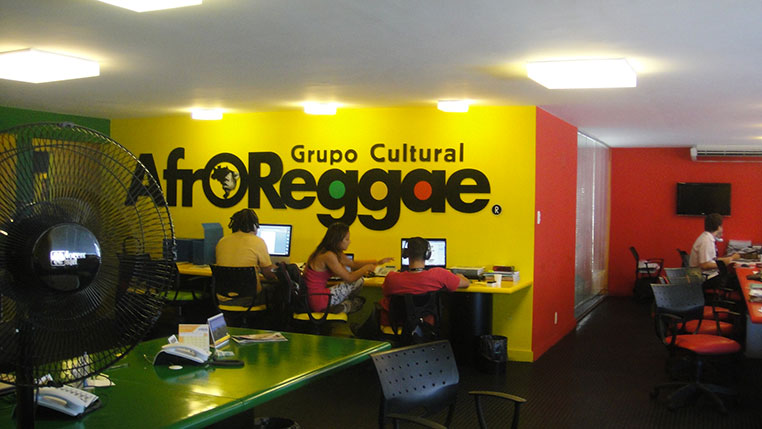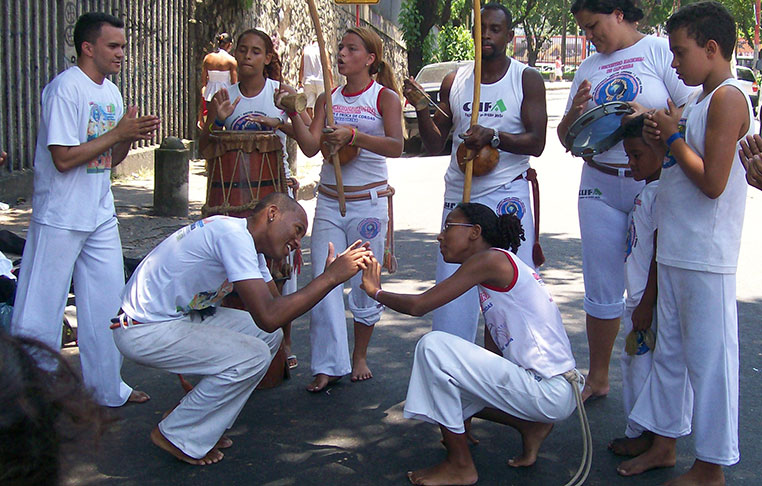Toolbox 3 – Using culture and the imagination
Storytelling
This tool has to do with how the telling of stories expresses and transforms identity, connects people and conveys knowledge at the personal and community levels.
What is this about?
Storytelling is something human beings do everywhere, independently of age, class or culture. It is a means for sharing and learning ideas, values and practices. The storyteller tells part of his story or someone else’s story; the audience can then relate to this story and tell it again if they wish, usually adding some of their own experiences and stories. In this way, stories connect people and also construct the common history and the memories shared by and within communities.
Psychologist Jerome Bruner (2002: 16–7) identifies five components in a story:
- the characters, who can be people or any imagined beings, situated in a determined context;
- an expected order of things, which is usually how everyone expects things to be in a context, the taken-for-granted;
- a disruption in this normal order: an incident, a transformation, an accident – anything that triggers a change;
- the set of actions and events that follow to handle the disruption, which is then the plot of the story;
- the outcome, or the ‘end’ of the story, which usually gives people the lessons they take with them from the story.
Telling stories is always social; there is a storyteller and an audience to whom the story is directed. This relationship between storyteller and audience builds new meanings, as the audience may later on become the storyteller or protagonist of the story. In this way, stories can be handed down from one time to another as we listen to stories about our community’s history. They can also go around from one place to another, from one person to another very quickly in the present and become widely known, through social media, for example.
Anyone can tell a story, but not everyone has their stories heard
This is why storytelling works on different levels. When we think of whole cultures and societies, we see that they have their own stories that convey their values, important historical events and things they wish to achieve, such as freedom, or even political ideologies. At the level of community, stories carry shared trajectories about how the community emerged, what happened to it, dilemmas and difficulties as well as the ways in which people face these. As we will see, telling these stories to different audiences inside and outside the community is very importantfor bottom-up social development organisations. At the level of the individual, telling a story can have multiple functions of expression, reflection, healing, ‘getting things off your chest’, as it were. In this way, storytelling is an exercise in building voice, learning how to express this voice and at the same time, by telling, being able to imagine how stories can be rewritten.
Popular culture conveys stories in many ways: soap operas, rap songs, children’s fairy tales, to name just a few. Social memory is also conveyed by stories, such as those told in national anthems, folk songs and mythologies or legends.




